Suzette Davidson– GCU EDU 534 — Prof. Denise Geier April 28, 2021
I researched seven technical tools for teachers to adapt and utilize when teaching adult learners history and literature. The goals of this Resource List is to provide instructors with options for an active environment in the classroom, whether it is traditional or online. These tools are mean to enhance the “community of inquiry” (Merriam, et al, 2020, p.33) and create within the classroom a dynamic atmosphere of sharing experience and engaged discussion, suited to students who will have a variety of learning styles, strengths, cultural backgrounds and interests. Each tool described below includes a link to the source, to an example. I provide a complete list with citations to academic reference material at the end.
First tool: videos
Videos benefit students who have auditory and visual learning styles. 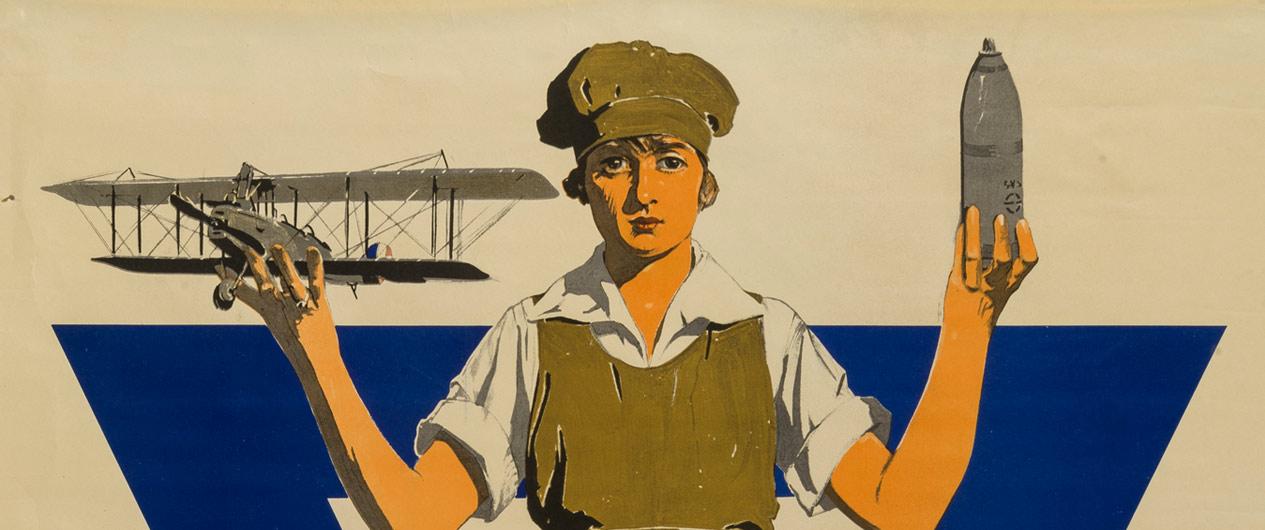
- They present material in a way that is familiar to students who self-learners who would normally go online to conduct research on their own.
- Videos provide a new way to engage in discussion and break information into smaller batches; the instructor can focus on one or two points raised, see what evidence is given for the points made, and initiate discussion on those.
- The students will need to know that diligent citation of sources for the information in the video is needed and this could be a starting point for research methods.
- Here is an example of a good instructional video from the National World War I Museum and Memorial: https://youtu.be/6UmERSpTtJc
Second tool: tablets 
The student who uses a tablet will have the benefit of direct interact interaction — both visually and auditorily– with the material than they might with a book. This tool engages the student in several ways.
- Students’ varied learning styles can be addressed with visual, auditory, and tactile learning via interaction with tablets.
- Tablets can also be used when the teacher is instructing the class on how to do research and how to cite their sources correctly.
- Tablets can be more economical than purchasing (or renting) printed textbooks and provide a way for the student to have the text open and to find related sources, on the one screen.
Students will learn to recognize the concepts of academic integrity and the understand which sources are appropriate or preferable to cite in academic writing: .org, .edu and .gov. They will find the value of navigating websites that offer peer-reviewed material. This process can encourage discussions of sources and integrate them with the process of selecting their topic for a project, engaging the students in inquiry: what era in history will they choose? What pieces of literature? Here’s an intensive look at this topic:
https://www.edutopia.org/article/how-get-benefits-interactive-notebooks-digital-formats
Third tool: GIFs and memes 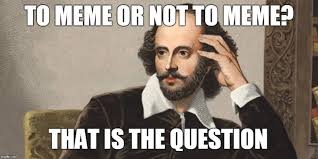
Memes and GIFs can be used to assist students who are working on a reflective writing project, or as a warm up or icebreaker in the class. At that point, a short group activity of students paired of can allow those familiar with these communication styles (Reyes, et al, 2018) to explain them to students who are new to this medium. GIFs and memes can be tools for students:
- to express how they feel about their topic, about their situation, or about the cultural context in which the class is working.
- GIFs and memes present an opportunity for the instructor and students to discuss the content of the meme and the environment from which it is derived
- the classmates and instructor may refer other students who are new to GIFs and memes to their source materials, analyze the best ways to determine reliable sources for the information in the meme and to cite these.
- Another benefit would be the ensuing discussion that is usually lively and engaging for students of all ages, since many GIFs and memes have a humorous tone or a social commentary.
This article lays out several reasons to use GIFs and memes as classroom tools – to enhance communication and engagement with the students, among other benefits: Memes and GIFs as powerful classroom tools: https/facultyfocus.com/articles/teaching-with-technology-articles/memes-and-gifs-as-powerful-classroom-tools/
Fourth tool: video conferencing 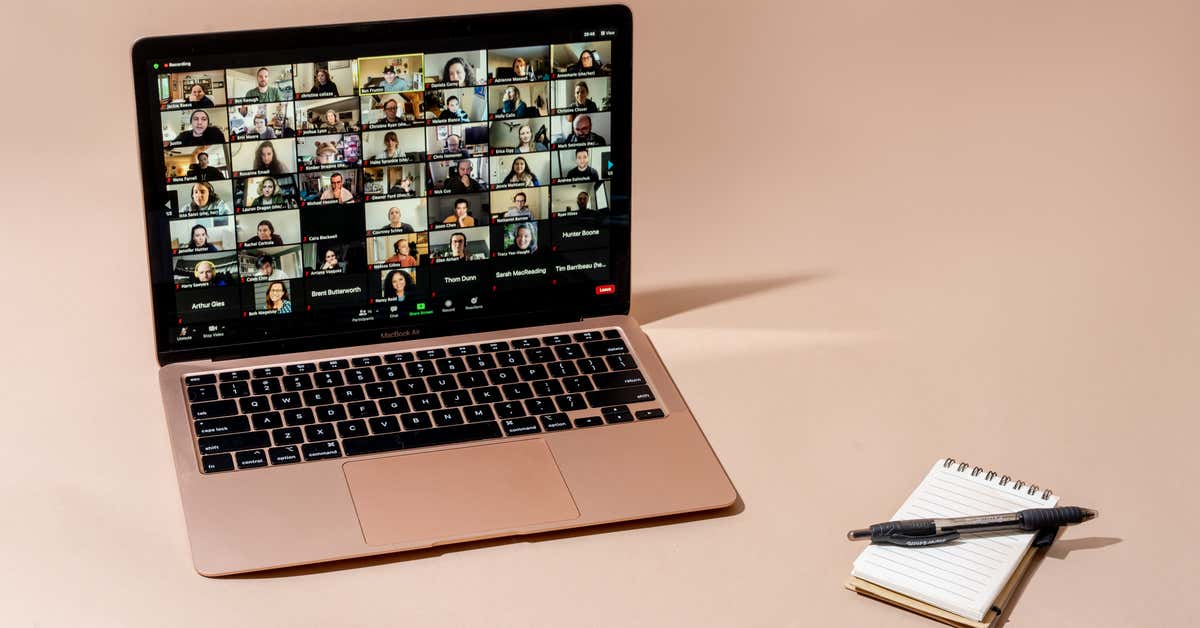
There are several benefits to video conferencing:
- Students from many locations may participate in the discussion and have a live, visual experience with the instructor and with his or her classmates
- Students may hone both their collaboration skills within the virtual group
- They may get a grasp on the concepts of civility and fairness within the learning environment.
- Students may learn about the technology that connects the participants, and learn how to conduct a group discussion or give a presentation in this format, presenting the culmination of a research project or an analysis of the text, and make it available to their peers
The instructor needs to monitor the discussion and make sure those who speak are heard and to be present and available for questions. Providing structure for the class, giving clear instructions about the deadlines and timelines for the work, respecting diverse cultures, races and economic classes of the students and making sure each participant is heard are all elements that the teacher will use to model academic integrity.
What Is Video Conferencing? https://youtu.be/N9JFvHKIbcM
Fifth tool: online discussion forums 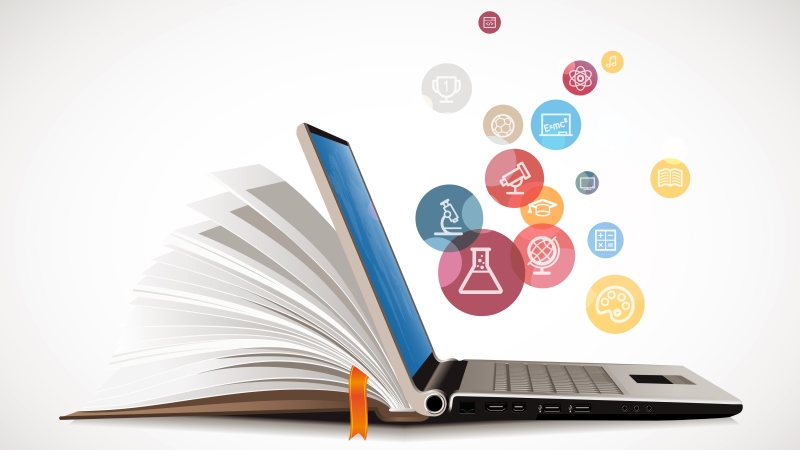
An active discussion with clear times for completing cited, significant responses and replies from instructors and classmates provide a vital part of the online classroom. The benefits to the students include:
- A structured, positive way to interact and create thoughtful responses that are moderated to provide a safe environment
- Practical analysis of topics and cited sources
- Feedback from peers and from the instructor and practice collaborating and analyzing key concepts
Academic integrity is modeled to the students by the methods that the instructor shapes and facilitates the discussion and encourages them to participate. The students can use this as a practice ground for shaping larger writing projects, ask questions about citation and assignment formatting or ask technical or time management questions. There are many levels to learning with this tool.
https://www.higheredgeek.com/blog/the-value-of-student-engagement-in-digital-education
Sixth tool: social media 
Social media has the potential to engage students in the way that memes, GIFs and the more structured academic discussion forums do.
- This media will also teach them about the flexibility and various styles of moderation that exist, if they have not already discovered this online.
- Social media can be a powerful tool for students who wish to set up an event, announce the completion of their project, reach out to find participants for a study or generally connect with other people who have the same interests.
- Social media uses the visual and auditory styles of learning and for self-starters, it may be a context in which they are familiar with communication modes and are already confident
However, academic integrity or simple civility can be lacking in discussion groups, and students will need to use their best judgement when using this tool. This may be a testing ground to help students transfer some of their same enthusiasm to online discussion groups for the class topics of history and literature. Social media will engage students and that is part of the teaching/learning process.
Using social media in the classroom: https://www.youtube.com/watch?v=ZX3udVdEFnA
Seventh tool: Wikipedia assignment 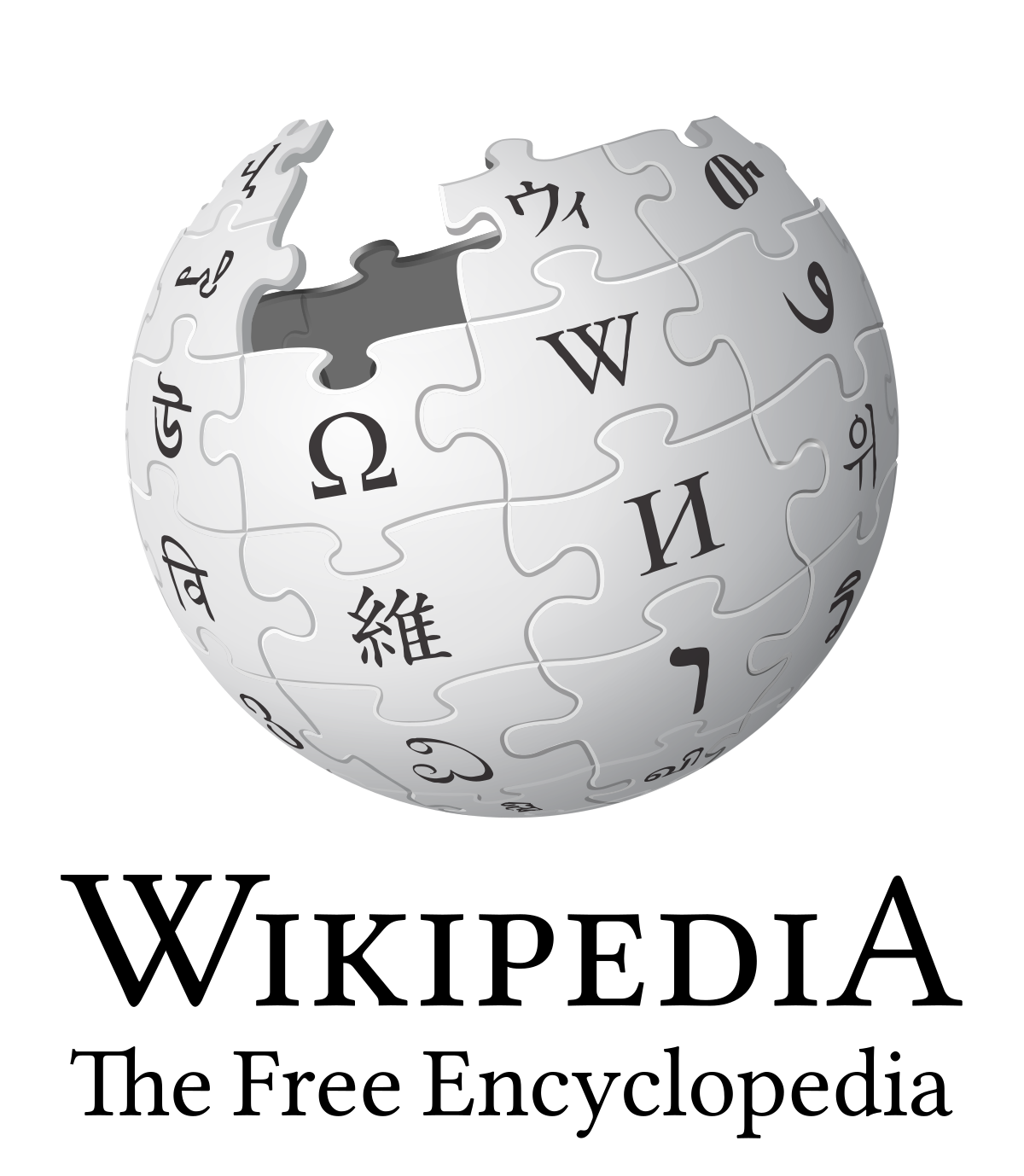
Students can learn a lot from creating an entry – or even researching the validity of Wikipedia articles.
- They can practice doing analytical research for valid sources and learn the difference between primary and secondary sources, determining which are the most reliable and sound
- Students can collaborate on an entry and each person in the small group can take a section. For example, they can do an entry on an historical person and each take a set of years that the person was alive to create a mini-biography. Through this process they will learn about how the historic person is depicted, find out about bias in writing, use their analytical skills to sort through literature, accounts and records and produce a coherent, concise piece that would be posted.
- They can collaborate with their group members, compare their work with their peers’ and learn about proofreading and the art of persuasion as the group gets ready to post the article on Wikipedia
This is another opportunity to model academic integrity: how has the person been depicted in the past? What were the sources used then? Is it important to portray people whose work has never become “famous?” Why? These lines of inquiry lead to the reason that we study history and literature.
I found this article on using this exercise to be insightful. I’ve edited Wikipedia in small groups and found it very engaging. I hope that other instructors might also find this tool to be helpful: Using Wikipedia for Learning: facultyfocus.com/articles/teaching-with-technology-articles/wikipedia-projects-for-learning
Conclusion
These seven technical tools for teachers can help them build a dynamic, active environment in their classroom. Adult learners who study history and literature will need reasons and goals for their work, as well an understanding of the context in which they are studying. Technical tools can help them see where we are on the continuum of studying both of these subjects or genres. The “community of inquiry” model cited by Merriam, et al (2020, p. 33) will help create an open environment for sharing and encouraging learners in a varied number of ways, and will support multiple learning styles.
References
Faculty Focus, McCann Systems. (2019, December 6). Technology in the classroom. Higher Ed Teaching Strategies from Magna Publications. Facultyfocus.com. https://www.facultyfocus.com/articles/teaching-with-technology-articles/improved-education-through-improved-technology/
Merriam, S. B., & Baumgartner, L. M. (2020). Learning in adulthood: A comprehensive guide. John Wiley & Sons.
Mitel. (2019, Jun 21). What is video conferencing? Video conferencing definition. Mitel. https://youtu.be/N9JFvHKIbcM
National WWI Museum and Memorial. (2020, August 5). How WWI Changed America: Women in WWI. YouTube.https://youtu.be/6UmERSpTtJc
Orlando, J. (2018, November 16). Wikipedia Projects for Learning. Faculty Focus, McCann Systems. Magna Publications. https://www.facultyfocus.com/articles/teaching-with-technology-articles/wikipedia-projects-for-learning/
Ramsdell, D. (2017, November 13). The value of student engagement in digital education. Informative, nerdy stuff, student affairs. Higher Ed Geek. https://www.higheredgeek.com/blog/the-value-of-student-engagement-in-digital-education
Reyes, M., Kaeppel, K, and Bjorngard-Basayne, E. (December 12, 2018). Memes and GIFS as powerful classroom tools. Faculty Focus. https://www.facultyfocus.com/articles/teaching-with-technology-articles/memes-and-gifs-as-powerful-classroom-tools/
Sherman, K. (2012, Jul 13). Network: Using social media in the classroom. Oxford University Press ELT. YouTube. https://youtu.be/ZX3udVdEFnA
Toro, S. (2021, April 27). How to get the benefits of interactive notebooks in digital formats. Edutopia Technology Integration. George Lucas Educational Foundation. https://www.edutopia.org/article/how-get-benefits-interactive-notebooks-digital-formats